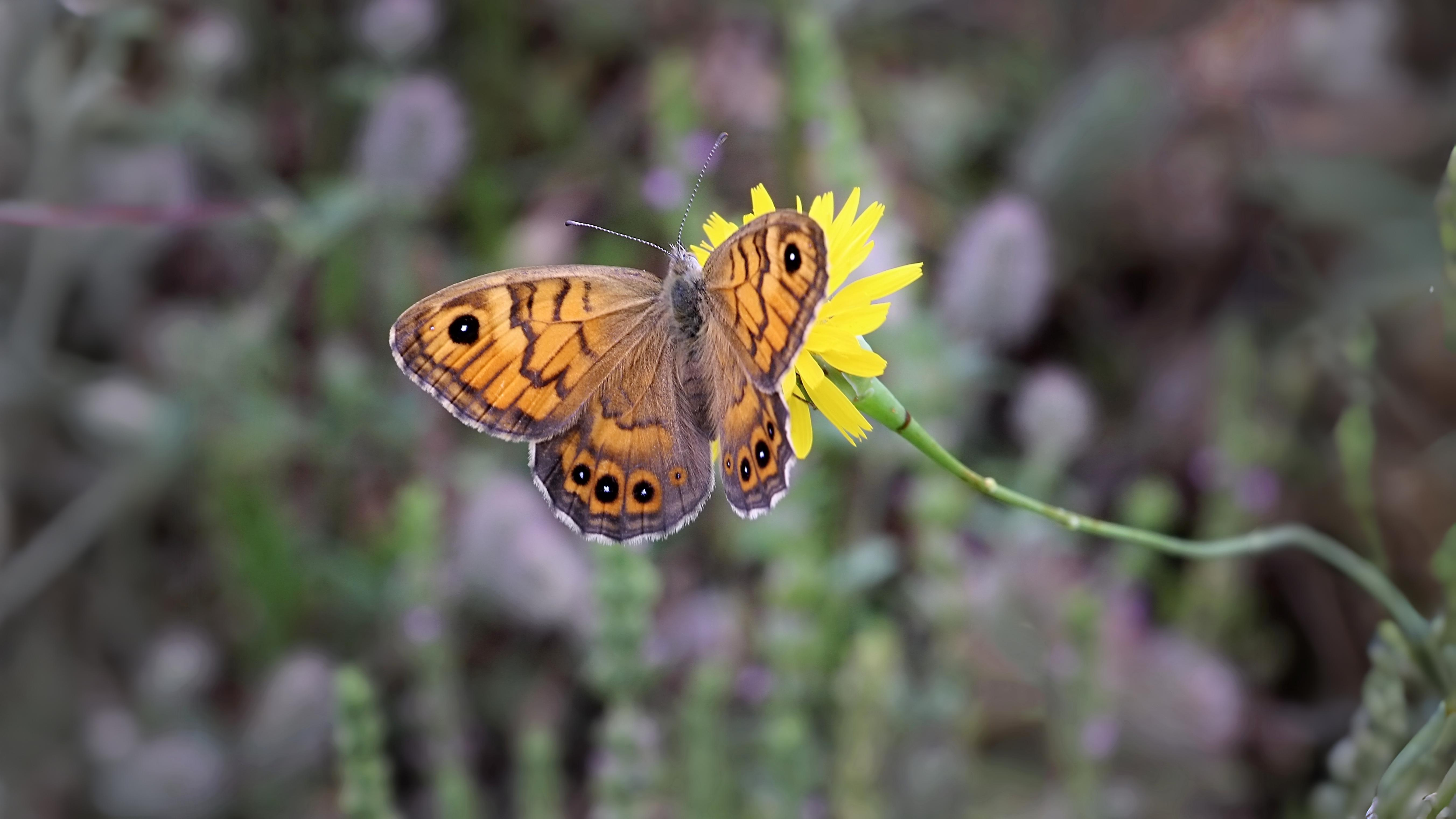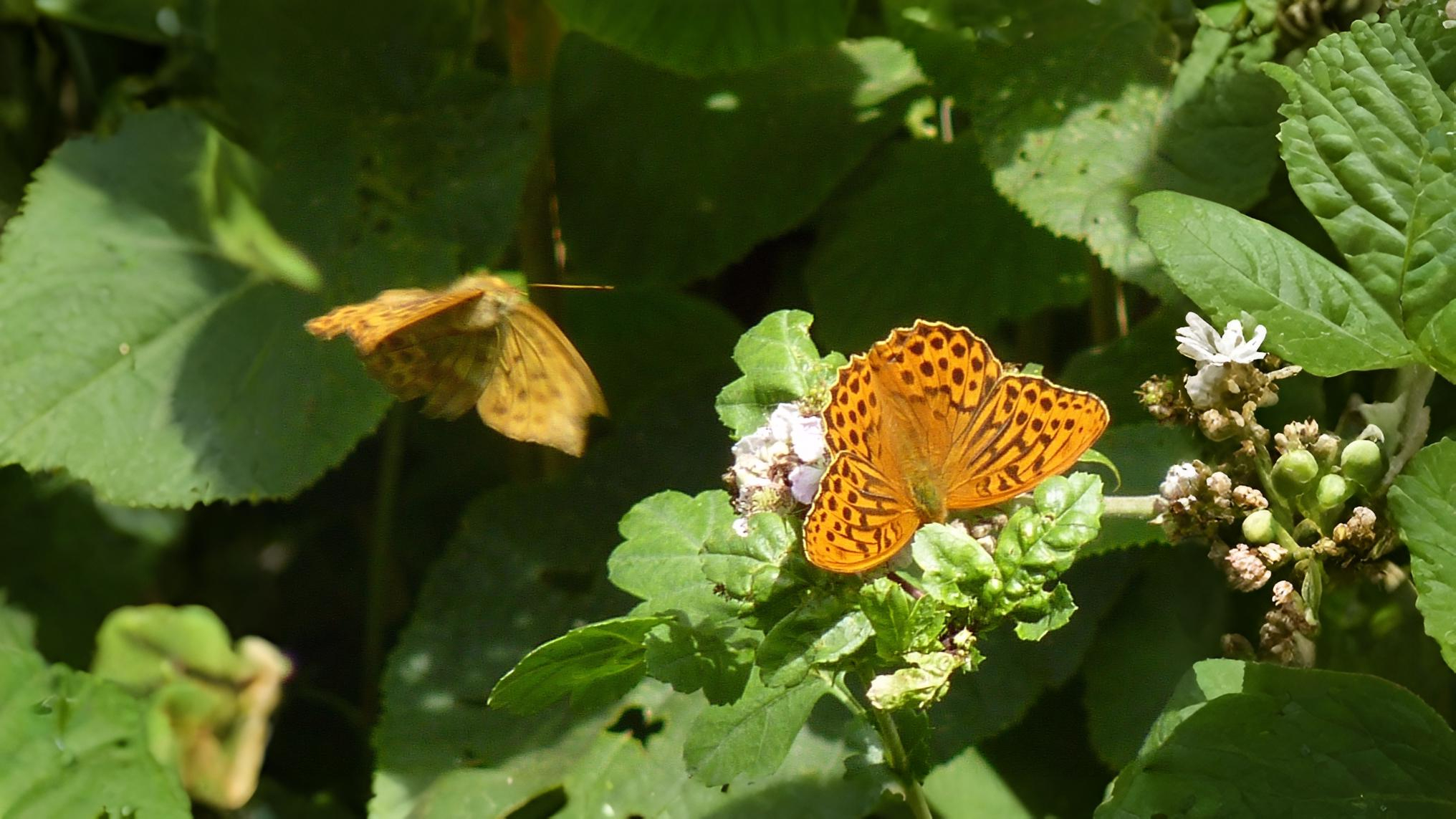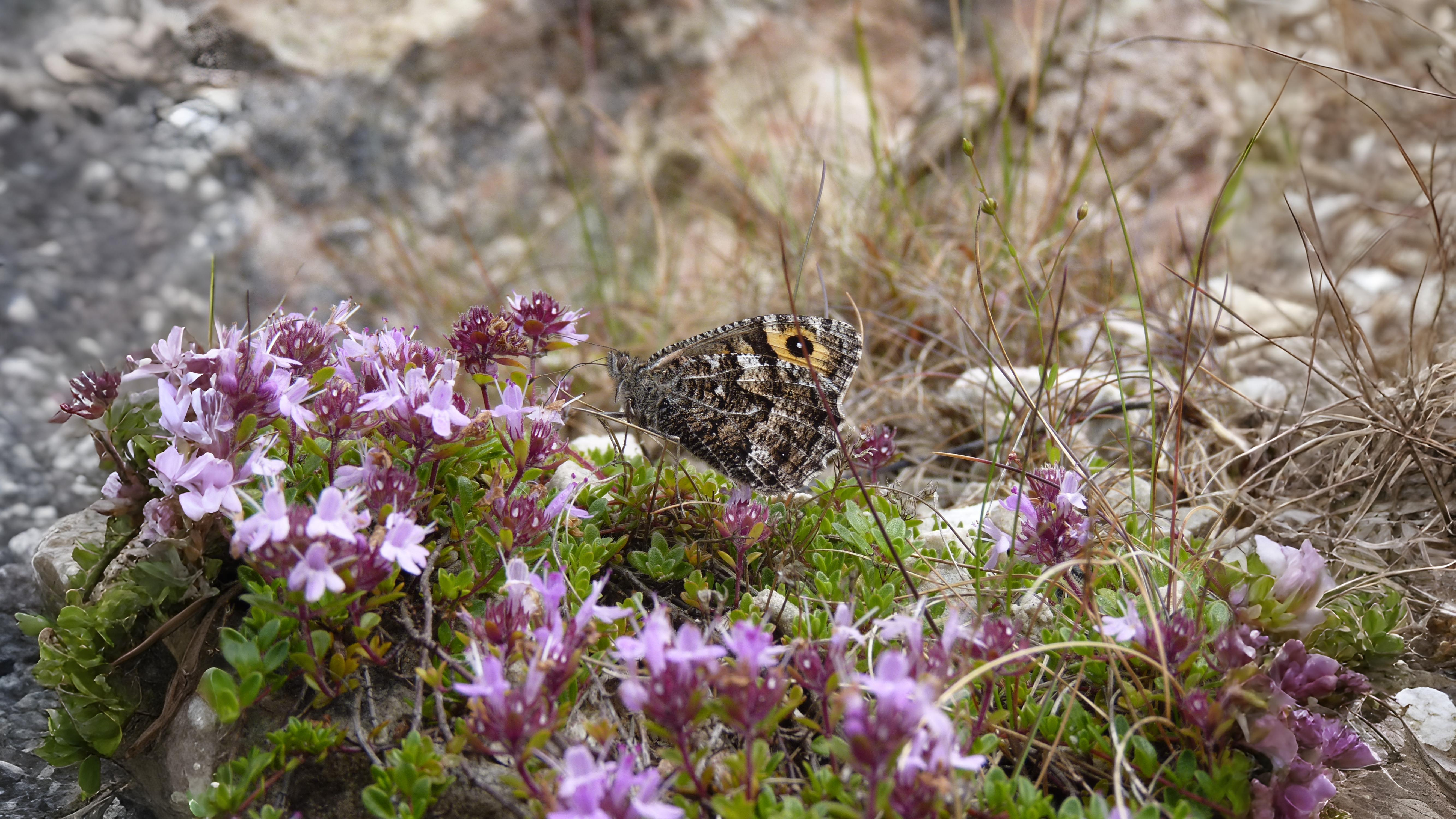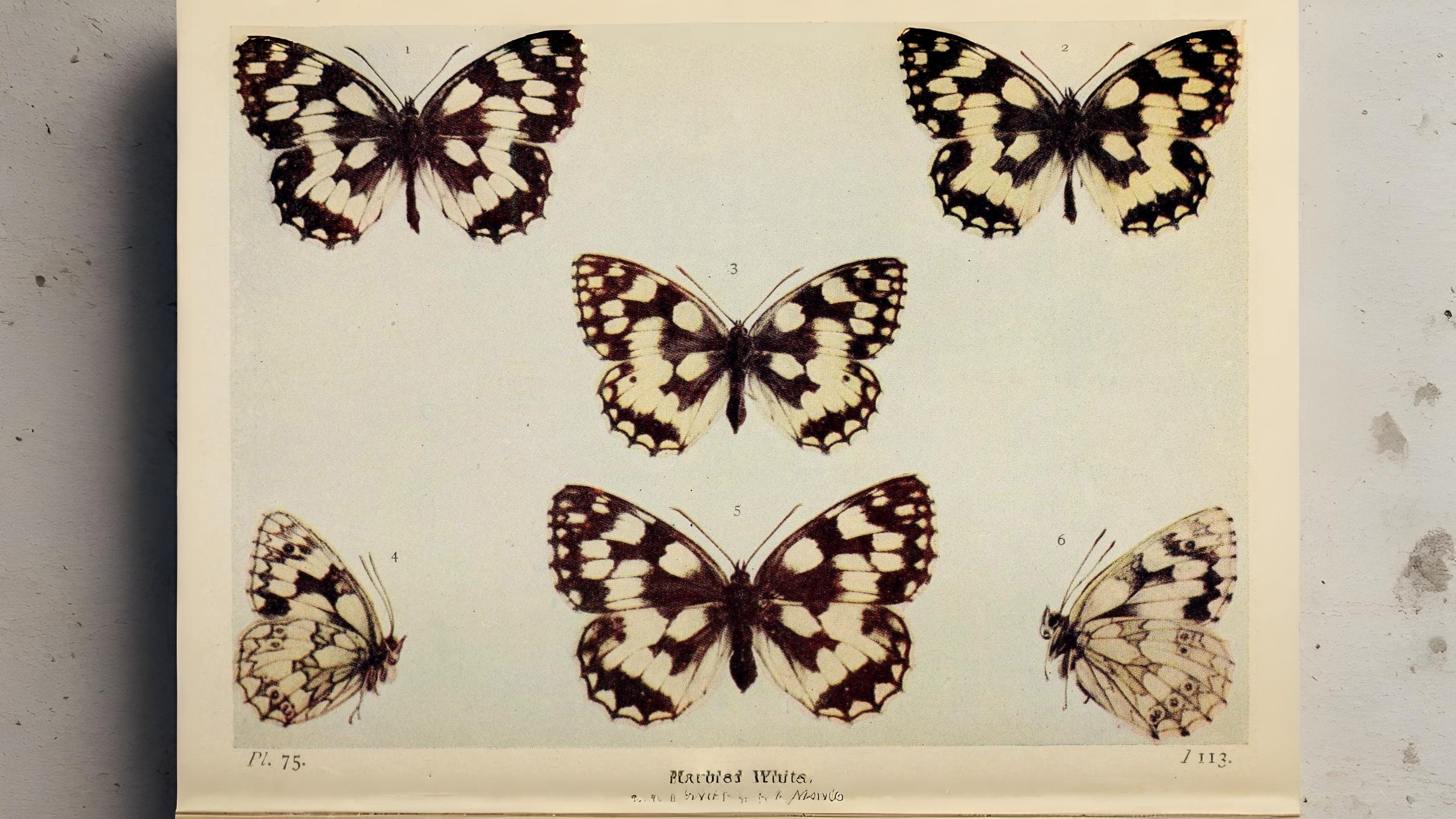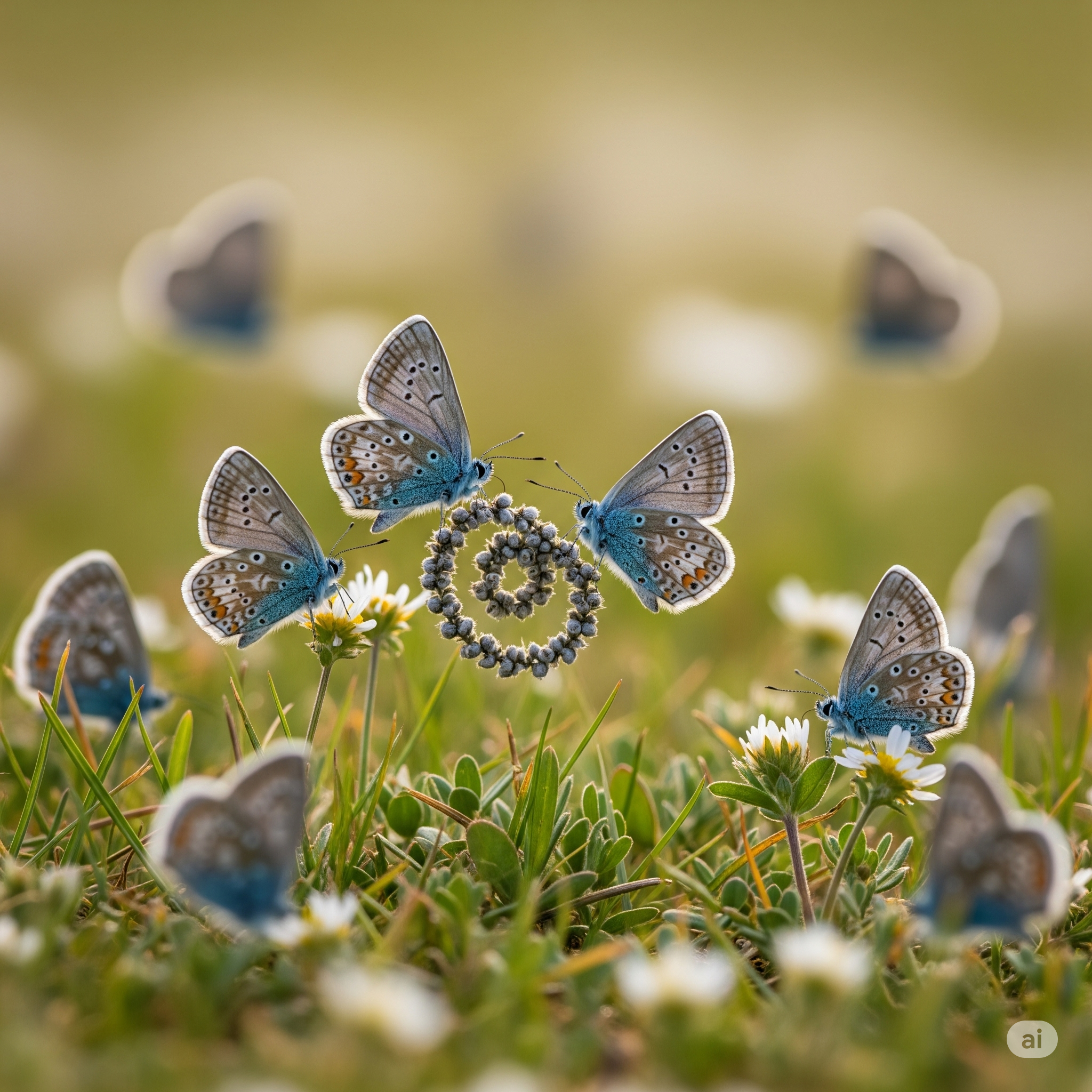
August days, particularly those heavy with the threat of thunder, are alive with the secret dramas of the butterfly world. This is the time for courtship, a spectacle of spiralling dances, daring chases, and enchanting rituals. Watch as male butterflies stake out their territory on sun-drenched paths, see them shower potential mates with scented ‘love dust’, and discover the surprisingly complex and beautiful displays they perform. From the high-flying antics of blues to the intimate and elaborate courtship of the Grayling, it's a fascinating look into their brief, but dramatic, adult lives.
Return on August 17th to uncover the captivating courtship rituals of London's butterflies.
Another common sight in August is butterflies resting on sunny paths. If disturbed, they often keep moving slightly ahead before settling on another sunny spot. These are usually males looking for females from their favourite look out positions. This activity is typical of Silver spotted skippers, which haven’t much time to find females as they only spend around six days of their life as adults. When they do see a female, they quickly take their chance, driving her to the ground and almost crash landing prior to copulation.
